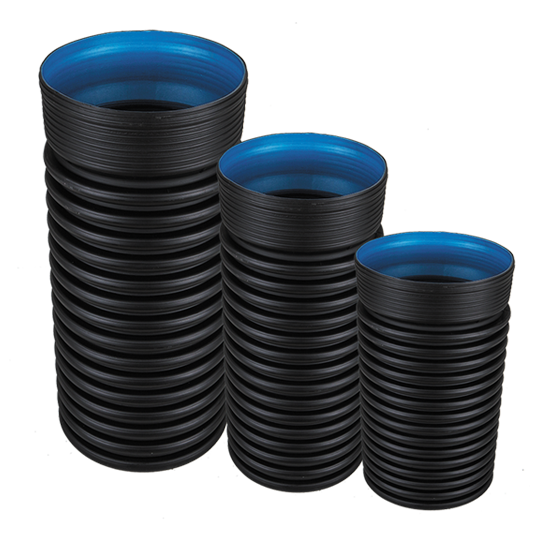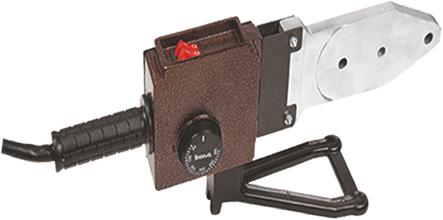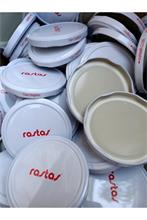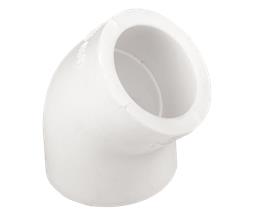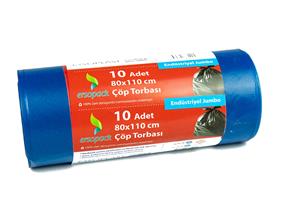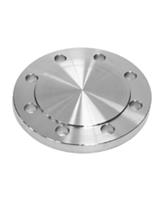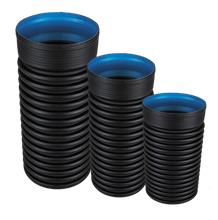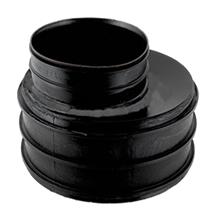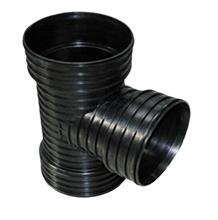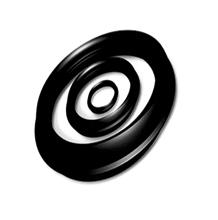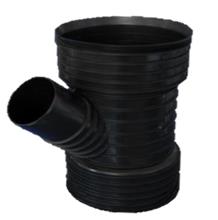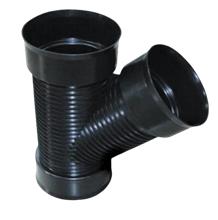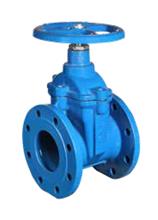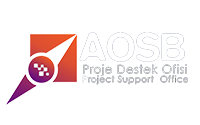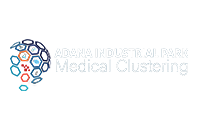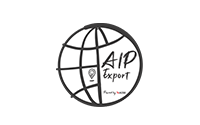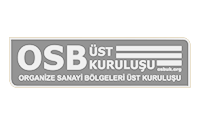GENERAL FEATURES OF CORRUGATED PIPE
It is produced in SN4 and SN8 classes according to TS EN 13476-1 and DIN
16961-16566 standards, between Ø100 and 800 diameters.
It does not
require extra sleeves and saves labor because it is self-muffed in all diameters.
Since it is
produced from polyethylene raw material; It is an ideal product for
long-lasting sewage systems with corrosion resistance, high wear resistance and
excellent chemical resistance. Sewer pipes are a product produced from
Polypropylene and Polyethylene raw materials in the Polyolefin group. Extruded
corrugated pipes produced up to Ø1000 mm diameter can be produced from
polyethylene and polypropylene raw materials, while spiral corrugated pipes are
produced from polyethylene. Since the ring strength value is higher in
polypropylene at the same wall thickness, it is more preferred. By the spiral
method, pipes with a diameter of Ø300 mm and above are produced.
Injection fittings are produced for joining extruded
corrugated pipes. Gaskets are placed in the channel on the outer surface of the
pipe and inserted into the fitting. Spiral corrugated pipes can be joined by
electrofusion method as well as extruder welding sealed method. This joining
method makes pipes that are normally used under 0.5 bar pressure usable even at
4 bar.
In this way, the pipes continue to operate without
leaking and without being damaged at the joints in case of pressure increases
encountered in precipitation that turns into floods.
Since the corrugated pipes are not affected by
corrosion and have high abrasion and chemical resistance, they are sold with a
lifetime guarantee of 50 years. Thanks to their flexible structures, they carry
out their activities without being affected by ground shaking such as
earthquakes.
Since the impermeability is ensured throughout the
life of the pipe, contamination of groundwater and soil is prevented. It is out
of question for tree roots to enter the pipe and close. With its light weight,
it can be installed in small diameter pipes without the need for a construction
machine.
CORRUGATED PIPE AREAS OF USE AND BASIC
FEATURES
It shows high resistance to
abrasion and excellent resistance to chemicals.
It is desirable that the
pipe materials used in sewage systems are not corroded and resistant to
chemicals. Aggressive chemicals found both in the wastewater and in the soil
have damaged the pipe material in the existing sewerage networks. Since
polyethylene raw material is a corrosion resistant material, it is the ideal
pipe material for long-lasting sewer systems. It can also be used for the
storage and transfer of chemicals.
EASE OF STORAGE AND TRANSPORTATİON WİTH
TELESCOPIC STACKING
Corrugated pipes
are very light and at the same time resistant to impacts. There is no wastage
during transportation and stocking. Since its light, it can be easily put into
each other and stocked or transported.
EASY JOINING METHODS
Corrugated pipes
can be combined with a bush gasket or with a sleeve gasket. Head fastening can
be done easily in any construction site environment. Due to its lightness in
all kinds of horizontal-vertical transportation at the construction site, the
need for construction equipment is minimal.
EASE OF LAYING
Since the
corrugated pipe is light, heavy equipment is not needed during laying. Thanks
to its easy joining methods, the laying speed is higher than other pipe
materials. It is a pipe material used especially in urban construction sites
and in areas where the construction season is short.
SEALING
Sealing is
provided up to a pressure of 0.5 bar in systems where the jointing method with
muffle seal and sleeve seal is applied. In this way, sewage wastes do not mix
with groundwater and our environment is protected. In addition, in places with
high ground water, the entry of water from the outside into the sewer system is
prevented. This prevents the line from overfilling and overflowing.
LONG-LASTING LIFETIME
The design life
of corrugated pipes is minimum 50 years. For this reason, operation and maintenance
costs are minimal.
SMOOTH FLOW SURFACE
Since the
hydraulic roughness of corrugated pipes is very low compared to other pipe
materials, a lower diameter can be selected and used by optimizing the diameter
in the sewer system.In this way, the project cost of laying at the construction
site can be reduced compared to the concrete pipe. In addition, the smooth
surface prevents the solid particles in the system from adhering to the inner
surface of the pipe and the narrowing of the cross-section that may occur over
time is prevented.
FLEXIBLE
Since corrugated
pipes are flexible, they adapt to ground movements and do not deform.
During the
production of the desired length, breakage and losses are zero.Muffed pipes are
produced in standard 6 m lengths. Pipes without bell can be produced in the
desired length according to customer demand. Relevant standards Pr-En 13476 -1,
CEN/TC 155WI 011
ADVANTAGES OF CORRIGATED PIPES
• It has a
service life of 50 years.
• It preserves
the natural properties of water and is hygienic.
• It can be
produced as coil and length. It provides very fast line laying opportunity
especially in coil pipes.
• On curved
terrains due to its flexibility (it can be bent up to 18-50 times the pipe
diameter depending on the wall thickness [it is easy and economical], it
provides less elbow usage).
• It adapts to
soil movements such as earthquakes and landslides.
• Offers safe
and practical connection solutions.
• Modern laying
techniques can be applied.
• Provides high
resistance to chemicals, does not corrode.
• It is not
affected by sunlight thanks to its UV additive.
• Due to the
smooth inner surface of the pipe, the particles in the fluid cannot adhere to
the inner surface of the pipe and there is no time-dependent cross-sectional
narrowing. Provides higher flow rate.
• It does not
hold algae on the inner surface of the pipes and does not produce bacteria.
PRODUCTION FEATURES
There are two
different production methods of corrugated pipes. They are produced in a
continuous, single process extruder and on the mandrel with the helical method.
The production capacity of extruded corrugated pipes is very high, and the ring
strength value is constant since the shape of the product cannot be changed.
Helical corrugated pipes, on the other hand, can be produced at the desired
ring strength value and optimum weight depending on the project.The pipes
consist of two layers, the inner tube layer and the outer rib layer. The inner
layer is a flat-walled pipe that carries the fluid. The outer layer is ribbed.
Both layers are molecularly linked to each other. Since the outer hollow rib
structure can carry loads (close to the full structure) due to the laws of
physics, it is preferred for saving raw materials and reducing the weight of
the pipe.
Extruded corrugated pipes come out of the extruder
in two layers and the outer layer is shaped by molds.In the spiral corrugated
pipe, first the inner pipe is turned into a pipe by wrapping the polyethylene
in the form of strips on top of each other in the mandrel.Afterwards, the
product drawn as a profile is wrapped on the pipe and welded. Both products
show a monolithic feature with their welded structure.
THINGS TO PAY ATTENTION
When filling the channel, compaction should be done
layer by layer so that there is no space around the pipes. In particular, it
should be ensured that the bottom of the pipe is filled with filling material.
If the filling is done by compressing well according to the specification, the
traffic and soil load coming to the pipe are transferred to the filling, so the
pipe fulfills its duty throughout its lifetime. Otherwise, when there is a gap,
the pipe carries what it can carry, and collapses when it cannot find a place
to transfer the forces above it. The same is true for steel pipes.In gasketed
systems, lubricants such as soap and silicone should be used to allow the pipes
to enter the fitting. Before electrofusion welding, it should be checked that
the surfaces are clean. Before welding, care should be taken that the wires do
not touch each other.
